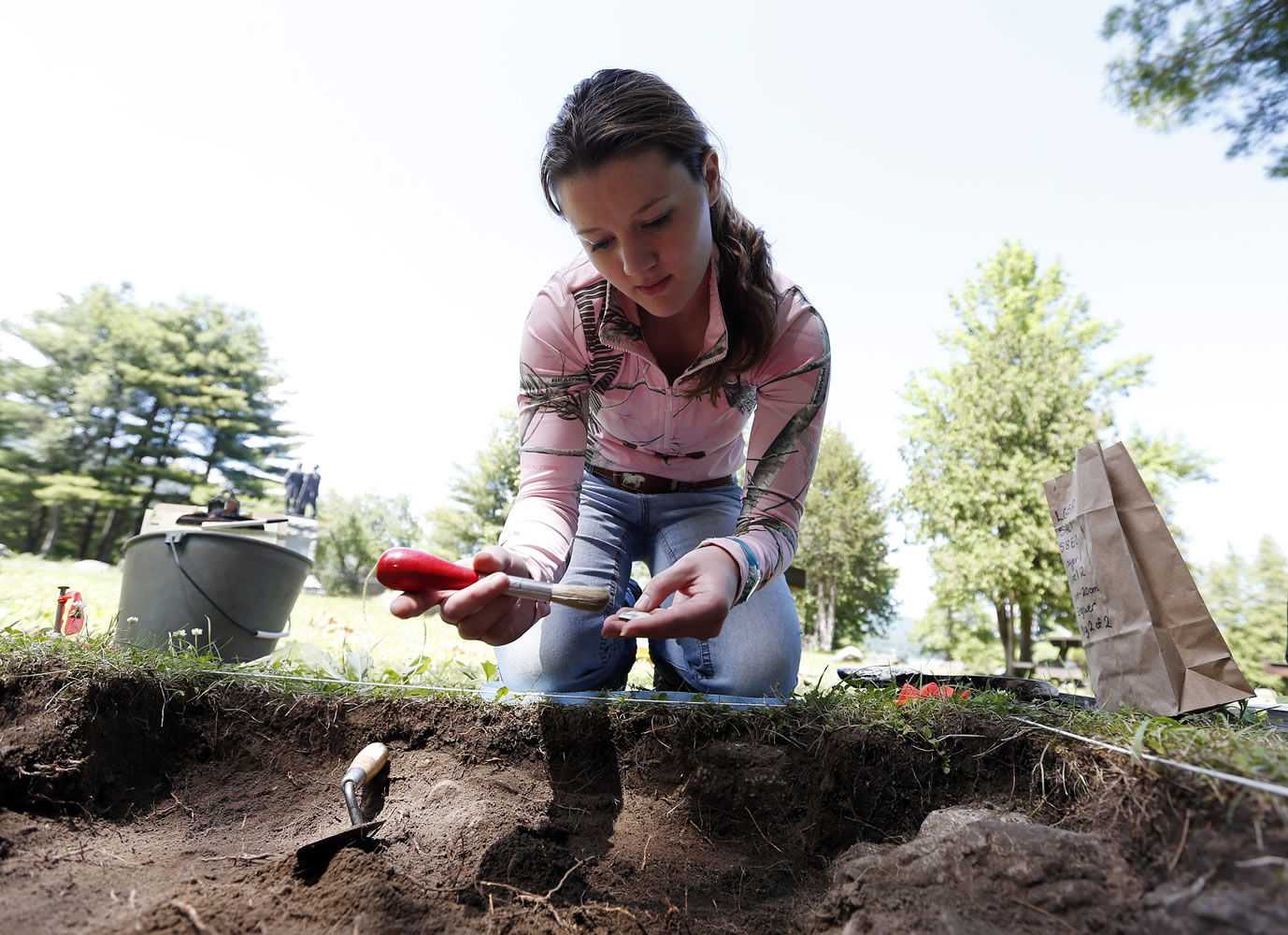LAKE GEORGE, N.Y. — Archaeologists are excavating an 18th-century battleground — the site of a desperate stand by Colonial American troops, the flashpoint of a massacre and the location of the era’s largest smallpox hospital.
Starbuck and his team of two dozen students and volunteers began excavations two weeks ago in Lake George Battlefield Park, on rising ground at the southern end of the 32-mile lake. New York state has owned the park since the late 1890s, a fact that Starbuck credits with protecting the site from commercial development and intrusion by treasure-hunters.
“This really is an incredibly well-preserved site,” said Starbuck, a professor of anthropology at New Hampshire’s Plymouth State University. He has conducted digs at 18th-century military sites in eastern New York for more than 25 years.
Two years later, the same site was home to a large encampment of British and Colonial troops during the French siege of nearby Fort William Henry. After the British surrendered the fort, they began the 15-mile retreat to Fort Edward, only to be attacked by the Indians allied to France. About 200 are believed to have been killed in what became known as the massacre of Fort William Henry.



